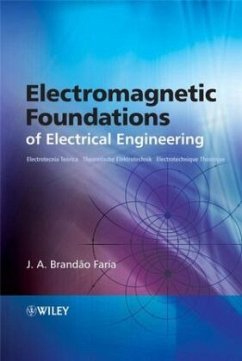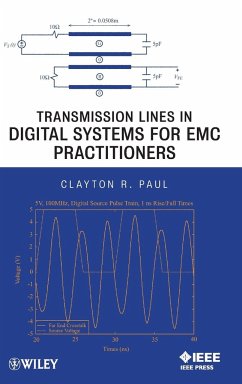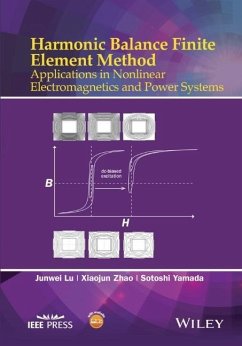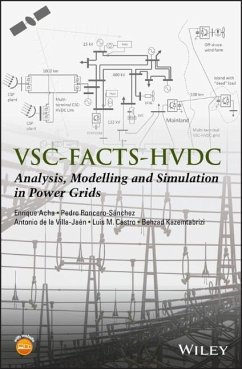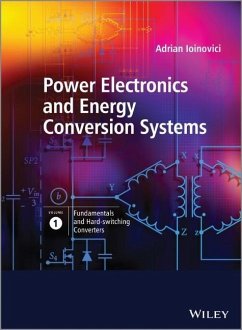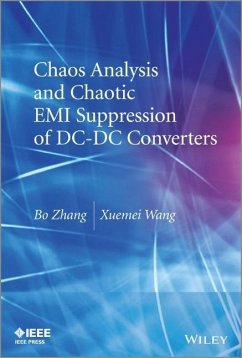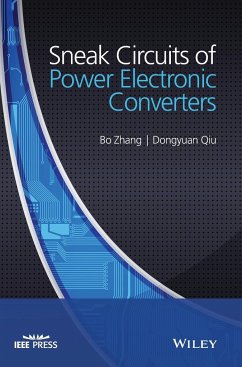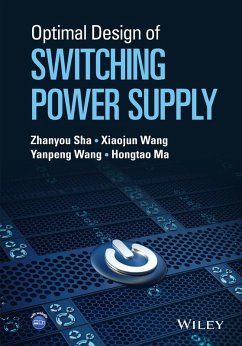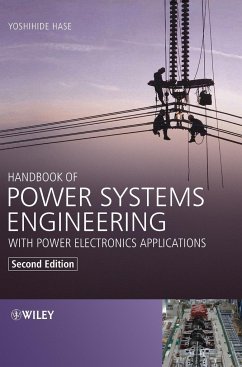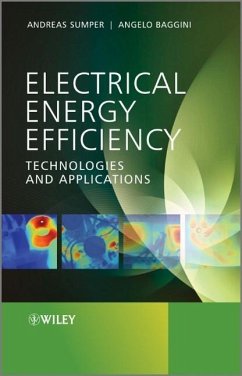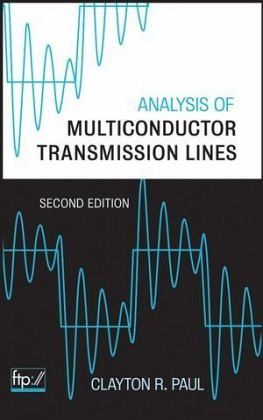
Analysis of Multiconductor Transmission Lines
Versandkostenfrei!
Versandfertig in über 4 Wochen
220,99 €
inkl. MwSt.

PAYBACK Punkte
110 °P sammeln!
The essential textbook for electrical engineering students and professionals now in a valuable new edition The increasing use of high speed digital technology requires that all electrical engineers have a working knowledge of transmission lines. However, because of the introduction of computer engineering courses into already crowded four year undergraduate programs, the transmission line courses in many electrical engineering programs have been relegated to a senior technical elective, if offered at all. Now, Analysis of Multiconductor Transmission Lines, Second Edition has been significantly...
The essential textbook for electrical engineering students and professionals now in a valuable new edition The increasing use of high speed digital technology requires that all electrical engineers have a working knowledge of transmission lines. However, because of the introduction of computer engineering courses into already crowded four year undergraduate programs, the transmission line courses in many electrical engineering programs have been relegated to a senior technical elective, if offered at all. Now, Analysis of Multiconductor Transmission Lines, Second Edition has been significantly updated and reorganized to fill the need for a structured course on transmission lines in a senior undergraduate or graduate level electrical engineering program. In this new edition, each broad analysis topic, e.g., per unit length parameters, frequency domain analysis, time domain analysis, and incident field excitation, now has a chapter concerning two conductor lines followed immediately by a chapter on MTLs for that topic. This enables instructors to emphasize two conductor lines or MTLs or both. In addition to the reorganization of the material, this Second Edition now contains important advancements in analysis methods that have developed since the previous edition, such as methods for achieving signal integrity (SI) in high speed digital interconnects, the finite difference, time domain (FDTD) solution methods, and the time domain to frequency domain transformation (TDFD) method. Furthermore, the content of Chapters 8 and 9 on digital signal propagation and signal integrity application has been considerably expanded upon to reflect all of the vital information current and future designers of high speed digital systems need to know. Complete with an accompanying FTP site, appendices with descriptions of numerous FORTRAN computer codes that implement all the techniques in the text, and a brief but thorough tutorial on the SPICE/PSPICE circuit analysis program, Analysis of Multiconductor Transmission Lines, Second Edition is an indispensable textbook for students and a valuable resource for industry professionals.



